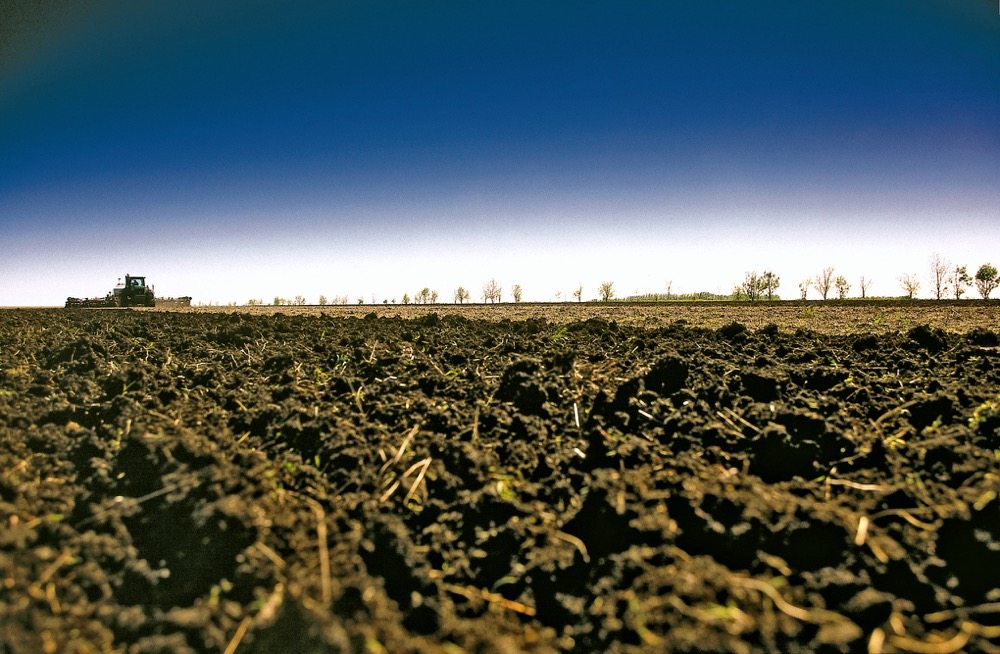A University of Leeds-led study, published in the journal Ecology Letters, overturns the common assumption that evolution only occurs gradually over hundreds or thousands of years.
Instead, researchers found significant genetically transmitted changes in laboratory populations of soil mites in just 15 generations, leading to a doubling of the age at which the mites reached adulthood and large changes in population size.
The results have important implications in areas such as disease and pest control, conservation and fisheries management because they demonstrate that evolution can be a game changer even in the short term.
Read Also

Manitoba canola industry has new frontiers
Canola oil is still the main priority for the sector, but canola meal is increasingly the subject of research looking for new markets and uses for the oilseed’s byproduct.
“This demonstrates that short-term ecological change and evolution are completely intertwined and cannot reasonably be considered separate. We found that populations evolve rapidly in response to environmental change and population management. This can have major consequences such as reducing harvesting yields or saving a population heading for extinction,” Tim Benton, of the University of Leeds’ faculty of biological sciences said in a University of Leeds’ release.
Although previous research has implied a link between short-term changes in animal species’ physical characteristics and evolution, the Leeds-led study is the first to prove a causal relationship between rapid genetic evolution and animal population dynamics in a controlled experimental setting.
In laboratory experiments in which a proportion of adult mites were removed at pre-set intervals, the remaining populations began to evolve differently within 15 generations.
“We saw significant evolutionary changes relatively quickly,” said lead author Tom Cameron, a post-doctoral fellow in the faculty of biological sciences at Leeds at the time of the research. “The age of maturity of the mites in the tubes doubled over about 15 generations.
“Removing the adults caused them to remain as juveniles even longer because the genetics were responding to the high chance that they were going to die as soon as they matured. When they did eventually mature, they were so enormous they could lay all of their eggs very quickly.”
The researchers found that the laboratory environment was selecting for those mites that grew more slowly. Under the competitive conditions in the tubes, the slow-growing mites were more fertile when they matured, meaning they could have more babies.
“The genetic evolution that resulted in an investment in egg production at the expense of individual growth rates led to population growth, rescuing the populations from extinction. This is evolutionary rescue in action and suggests that rapid evolution can help populations respond to rapid environmental change,” Cameron said.
It was traditionally thought that the way animals grow relates to variables such as food availability rather than changes to their environment. “However, our study proves that the evolutionary effect — the change in the underlying biology in response to the environment — can happen at the same time as the ecological response. Ecology and evolution are intertwined,” Benton said.
The researchers said the findings can offer important insights into management of resources such as fisheries. For example, the size at which cod in the North Sea mature is about half that of 50 years ago. This change has been linked to a collapse in the cod population because adult fish today are less fertile than their ancestors.
“The big debate has been over whether this is an evolutionary response to the way they are fished or whether this is, for instance, just the amount of food in the sea having a short-term ecological effect. Our study underlined that evolution can happen on a short time scale and even small one to two per cent evolutionary changes in the underlying biology caused by your harvesting strategy can have major consequences on population growth and yields. You can’t just try to bring the environment back to what it was before and expect everything to return to normal,” Benton said.


















